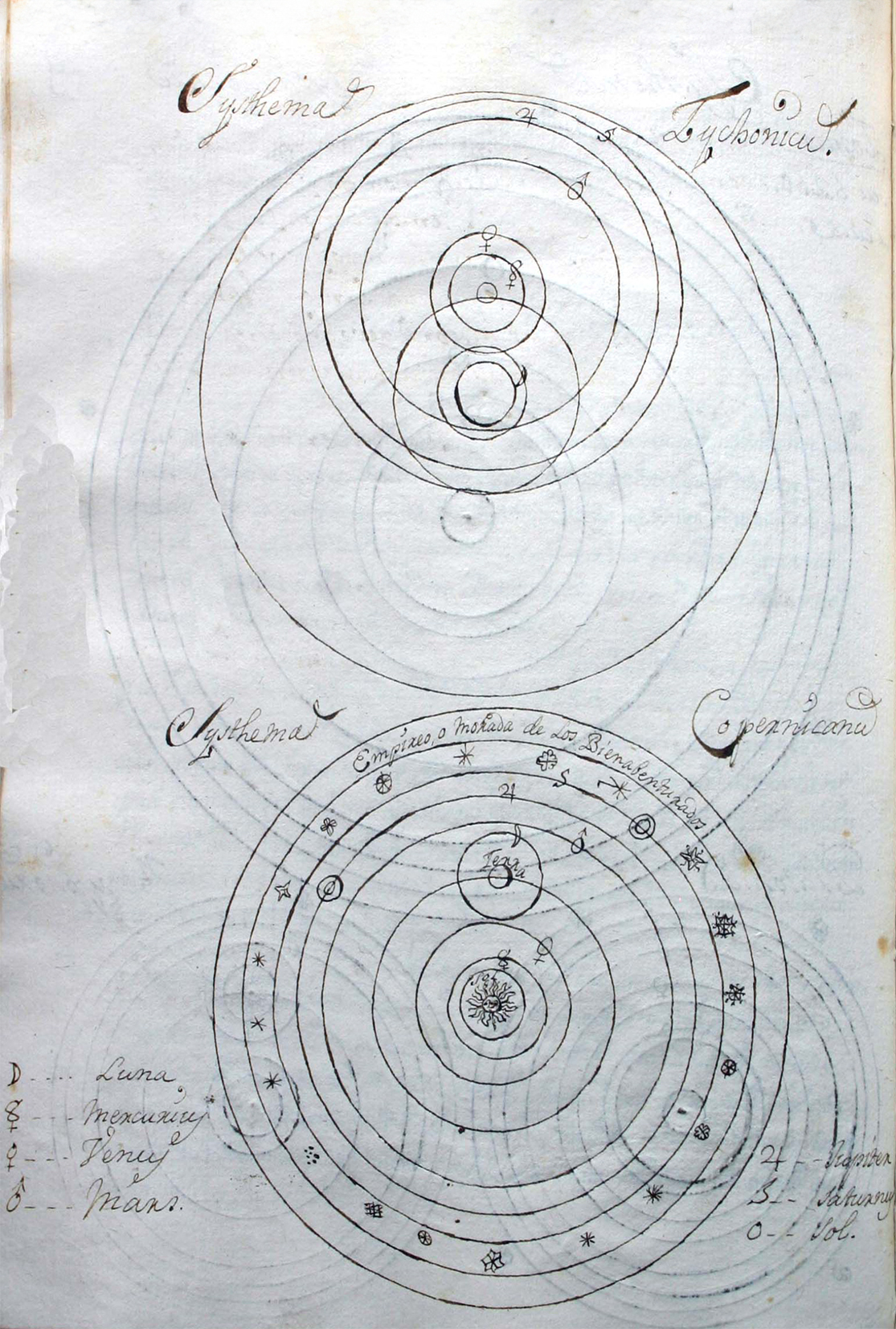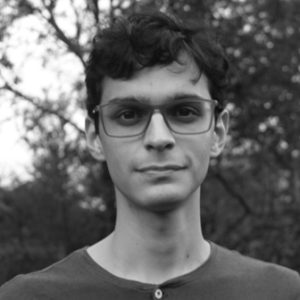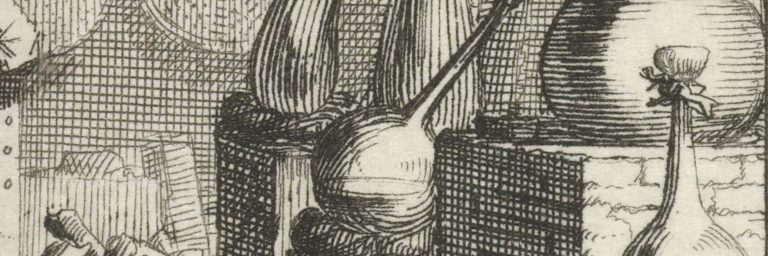Physica Colonialis in New Granada
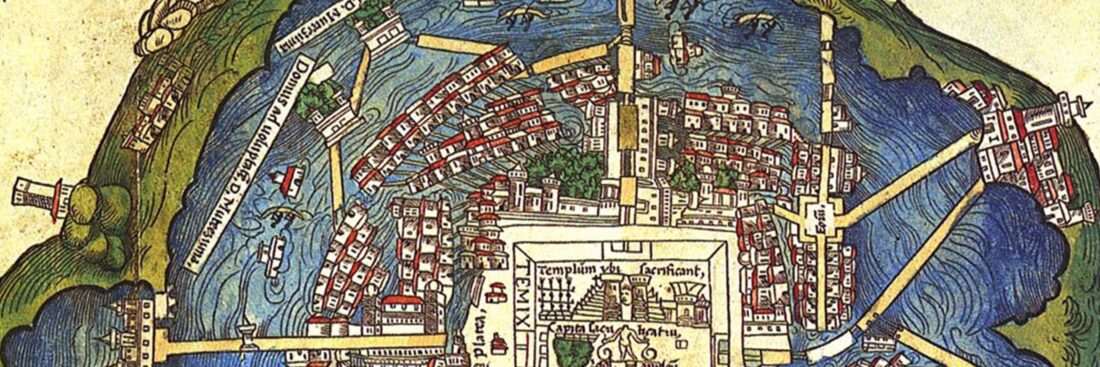
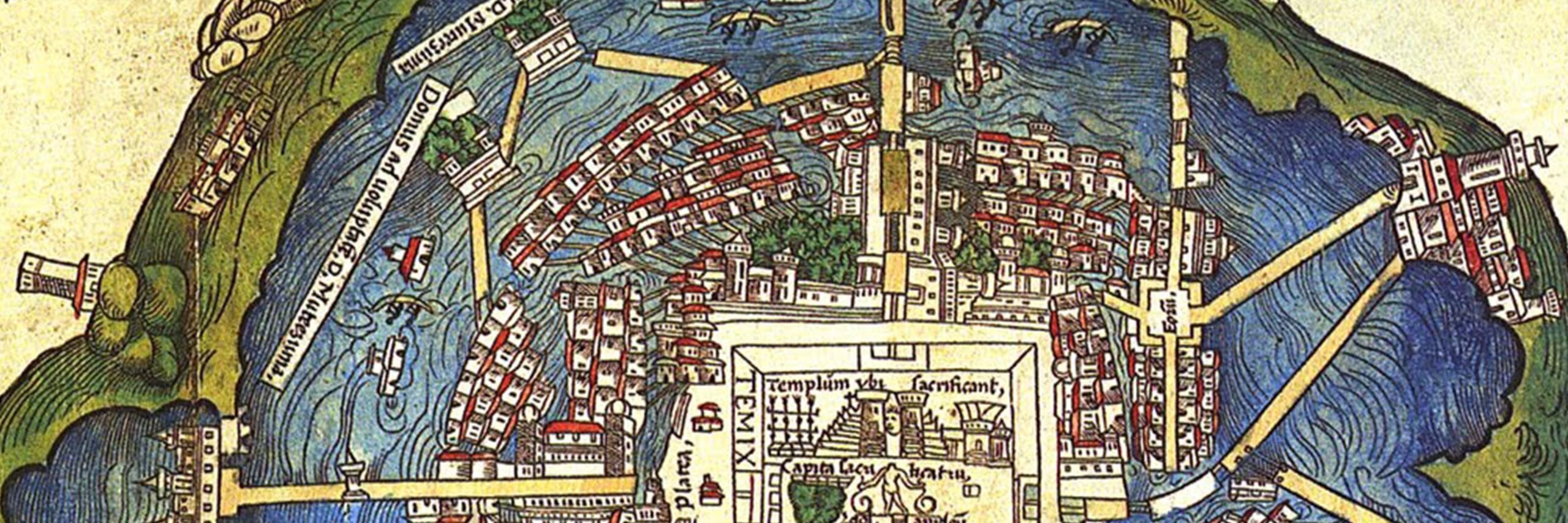
FORMA FLUENS
Histories of the Microcosm
"Physica Colonialis"
in the Viceroyalty of
New Granada
A Comparative Reading of the Sources
Andrés García-Rengifo
Kueser Akademie für Europäische Geistesgeschichte
Comèl Grant

As the Spaniards established their dominion over part of America, they brought with them their political and cultural institutions. Their far-reaching military campaigns across the continent led to the foundation of cities, the division of the territory into manageable political entities and was accompanied by extensive efforts to convert and educate the natives in the Catholic faith and tradition. Practically, such labour required the support of religious members disposed to oversee the new settlements or go into missions, as well as the foundation of schools and universities to train young novices who came from Spain or were born to Spanish parents in the New World. These novices were trained according to the methods of the leading Iberian universities (Salamanca and Coimbra) on the long and well-established tradition of scholastic Aristotelianism – a tradition which exerted great influence in Spain up to the 18th century, in spite of some incipient humanist and scientific tendencies that in other places of Europe had long since overcome it.
The philosophy taught in the New World depended both on the fixed curriculum practiced in European universities and on the doctrinal particularities of the different religious orders that came to the territory. In the Viceroyalty of New Granada, which roughly comprehended the territories of present-day Colombia, Venezuela and Ecuador, the first university was founded in 1580 by the Dominicans in Santa Fé de Bogotá, followed swiftly across the entire territory by the establishment of other schools and universities of Jesuit, Augustinian and Franciscan origin. In documents from the period, one can observe how members of the orders gravitated around these different centers of education, assuming various ecclesiastical or academic positions. This spoke of a close relationship between places, which should have also promoted the intellectual exchange between them. As will be argued in this brief note, there are similarities in the sources, topics and arguments taught in New Granada, which point to a distinctive reception of European thought and justify, and even demand, a comparative reading of the surviving corpus.
New Granada’s Latin philosophy was an almost purely academic phenomenon and most of its remaining evidence comes from the classroom. Stemming from the scholastic medieval tradition of teaching through prepared quaestiones, and because of the scarcity of printed materials, the teaching in New Granada was conducted through the oral dictation of the professor’s notes. While the professor read aloud and slowly the already prepared Latin lections, to which he most probably appended ex tempore explanations, the students copied in their notebooks all the read information. The notebooks resulting from this process may have been seen merely as learning tools, leading to them being undervalued and discarded. Of the few surviving New Granada Latin manuscripts, dating from the 17th to 18th century, some are brute and unadorned; others were carefully made, as intended to be saved and consulted; and there are even some autographs from professors, which were most probably used as teaching material in the classroom.
What all these manuscripts have in common is their propaedeutic tone and evident oral character. From their multiple examples and straightforward language and structure, it is evident that the professor strived to explain the course in the plainest manner, attending the needs of the young learners. Also, in most of them, the student who copied the course is mentioned by name as “auditor”, and similarly, if someone is rhetorically addressed, they are the “auditores,” the audience of students. These courses did not intend to be read as self-standing works nor pretended to express unheard or novel knowledge; yet in them we can trace changes and developments that give insight into the colonial intellectual networks that once flourished. Walter Redmond’s manuscript catalogue, which still requires updating, provides a good snippet of the scope of New Granada philosophical production. It lists more than 100 independent philosophical works conserved in manuscripts in present-day Colombia, a list that increases to more than 200 when Venezuela and Ecuador are included[1]. Those manuscripts are the signs of a living and well-spread colonial culture of Latin manuscript production and reproduction that, being based on orality and teaching, extended beyond philosophy and theology to grammar, preaching, law and other disciplines.
As could be expected from the tight relations between the centers of education, the fixed curriculums and the standardized methods of production, the similarities in manuscripts extend to their intellectual content in the manner of shared sources, references and intertextual relationships, which have not been yet studied at large[2]. As an example, let us briefly consider the colonial manuscripts conserved in present-day Colombia which contain courses on Aristotle’s Physics. All of them follow a predetermined order of sections and questions, which most probably was appropriated from the commentaries of important European scholars of the time, whose printed books were by far the most common kind of philosophy books kept in New Granada colonial libraries[3]. Yet, from the indices of these Physics courses[4], it is evident that there are some remarkable differences in the order or in the insertion or avoidance of some topics, which reveal the existence of certain close-related families of courses.
A revealing case of close familiarity and interconnectedness in New Granada courses on Physics can be found when we look closer at the colonial treatment of the substantial form, an unavoidable topic in any consideration of Aristotle’s Physics. It refers to the second composing element of hylomorphism, a theory according to which all physical things are nothing but a composition of matter and form: of a passive undetermined material and an active organizing principle.
Regarding the concept of form, all colonial professors engaged in their courses with various interscholastic debates of medieval origin, which made their way to the New World and on whose answer the different religious orders disagreed. Yet, a few courses dealt with more than the purely scholastic controversies and showed a salient difference when they additionally confronted Aristotelian hylomorphism to modern scientific theories that deny the very idea of substantial form.
Andrés García-Rengifo is a young researcher specializing in medieval philosophy. He pursued his studies in Philosophy and Visual Arts at Universidad del Valle in Cali, Colombia. His primary research focuses on the broad intellectual context of Nicholas of Cusa, examining the traditions Cusanus engaged with and his contemporaries, such as John Wenck and Heymeric of Campo. Additionally, he has a keen interest in the study of original Latin works once produced in Spanish colonies, particularly in New Granada. Currently, he works as a research assistant at the Kueser Akademie für Europäische Geistesgeschichte.
The manuscripts of those courses can be linked together as to pertaining to a single group and, when compared regarding their account of the scientific opposition to hylomorphism, they afford great insight not only into the mutual influence among courses, but also into the initial reception of modern scientific ideas in New Granada.
The said group consists of four manuscripts, three conserved in Bogotá[5], one in Medellín[6]. All of them have evident Jesuit origin and, except for one that remains anonymous, can be directly associated with the teachings of Jesuits professors in between 1750 and 1762 at the University Javeriana in Santa Fé de Bogotá. Their authors were Spaniards who became professors in Santa Fé: Manuel Balzátegui, Francisco Trías y José Yarza. Whereas Trías took his theological and philosophical studies in Spain and then crossed the Atlantic, Balzátegui and Yarza arrived younger and were trained in those disciplines in New Granada, in the same university where they later taught their courses on Physics: Balzátegui in 1750, Trías in 1752 and Yarza in 1762.
The courses have a common origin, were used in the same place for teaching the same subject during a relatively short period of time. From their content it is evident that their authors consulted each other, followed similar models and took inspiration from each other’s sources, sometimes expanding on what was barely mentioned in a previous course. Regarding substantial form, they all shared the opposition to modern scientific theories of matter, and in doing so they actively engaged in explaining the modern ideas to be rebutted. In those courses, different modern movements (from the Paracelsian “chimicos” to the modern “medicos”) are acknowledged and later the focus is put on some specially threatening ones: the “novatores”, the “carthesiani” or the “athomisti”, being Descartes and Gassendi frequently mentioned and considered [Figure 1]. Despite all, they did not read all those theories in the original sources, but their reconstruction was based on the divulgation of modern scientific ideas made in the Spanish context by the so-called “novatores”, the forerunners of the Spanish illustration.
The Spanish “novatores”, i.e. innovators, afforded a moderate synthesis of modern scientific ideas and began to put into question the Aristotelian scholasticism, principally its Physics. Inspired by the teachings of scientists and thinkers of other European lands, they made a defence of scientific experimentation and advocated for a wider understanding of the physical world outside of the stagnant and purely theoretical debates of schools and universities. The ideas of the “novatores” made their way to New Granada and, as it appears, had some influence on the way Physics were taught before the arrival of illustrated scientists like José Celestino Mutis, who is generally considered the first to introduce modern scientific ideas into the territory.
Tomás Vicente Tosca and Benito Jerónimo Feijoo, a “novator” and a pre-illustrated, whose printed books were available in the libraries of the University Javeriana[7], could be identified among the authors read and quoted (not always by name) in the here-considered Santa Fé courses on Physics. They were the sources these colonial professors employed to explain and then criticize the most influential modern philosophers. As a result of the misunderstandings, oversimplifications and false translations, the image of the modern theories presented in New Granada courses was very distorted and, without a more profound analysis, it is hard to tell whether the professors were positively involved with the ideas transmitted by the “novatores”. By now it can be affirmed that they were indeed interested in making sense of the scientific theories championed in Europe and thus they decided to introduce their exposition in the content of their courses.
It should be also noted that in their courses on Physics, these colonial professors develop new and unprecedented examples that, while relevant to the experiences of individuals living in the New World, are nowhere to be found in their European counterparts. One such example is the exploration of cannibalism and its consequences according to the theory of substantial form, a topic that some of these colonial professors were deeply interested in, to the extent of offering personal accounts of it. All this calls for profound and systematic research, however, by now, it can be affirmed that colonial professors made original developments influenced by their context and attempted to make sense of the scientific theories championed in Europe by incorporating and critiquing them within the content of their courses.
Some signs suggest that, even if it occurred very lately and in a moderate way, some Santa Fé professors took some steps towards assimilating modern physical theories. The clearest example is the later work of Trías, his Physica specialis et curiosa (1755), which exposes the Copernican system for the first time and shows a relative knowledge of various premodern and modern philosophers and scientists, from Nicholas of Cusa to Isaac Newton [Figure 2] [8]. Considered in isolation, this work of Trías appears as unique and exceptional in his proximity to scientific ideas allegedly unknown before in New Granada. Yet, based on the evidence here briefly presented, it can be better read and understood in the context of the before-considered courses on Physics, one of which was taught by Trías himself.
As could be seen from the here-considered sample of courses on Aristotle’s Physics, by comparing the content of colonial courses on the same topic we can gain insight about their peculiarities and more easily detect and study the reception, assimilation and transmission of new trends. Until now, the few studies concerned with the philosophy of New Granada have been mostly dedicated to study some texts which exhibit some level of sophistication or novelty, as has been the case with Trías’ Physica Specialis et Curiosa, which has been transcribed and translated twice. [9] However, it is time to begin analyzing the broader context of colonial manuscript production and comparatively examining the content of potentially associated texts. By doing so, we can gain a better understanding of the origins of the most intriguing texts.
This approach requires the digitalization of more materials [10] and an accurate enough transcription of the already digitalized ones. The current state of the art of automatic Handwritten Text Recognition (HTR), along with the promising results it has achieved when used on medieval manuscripts, provides reasons for applying such technology to colonial manuscripts, which paleographically are in no way more complex. Undoubtedly, conducting comparative and extensive analyses of the surviving sources will offer a clearer picture of the development of philosophy in colonial New Granada.




